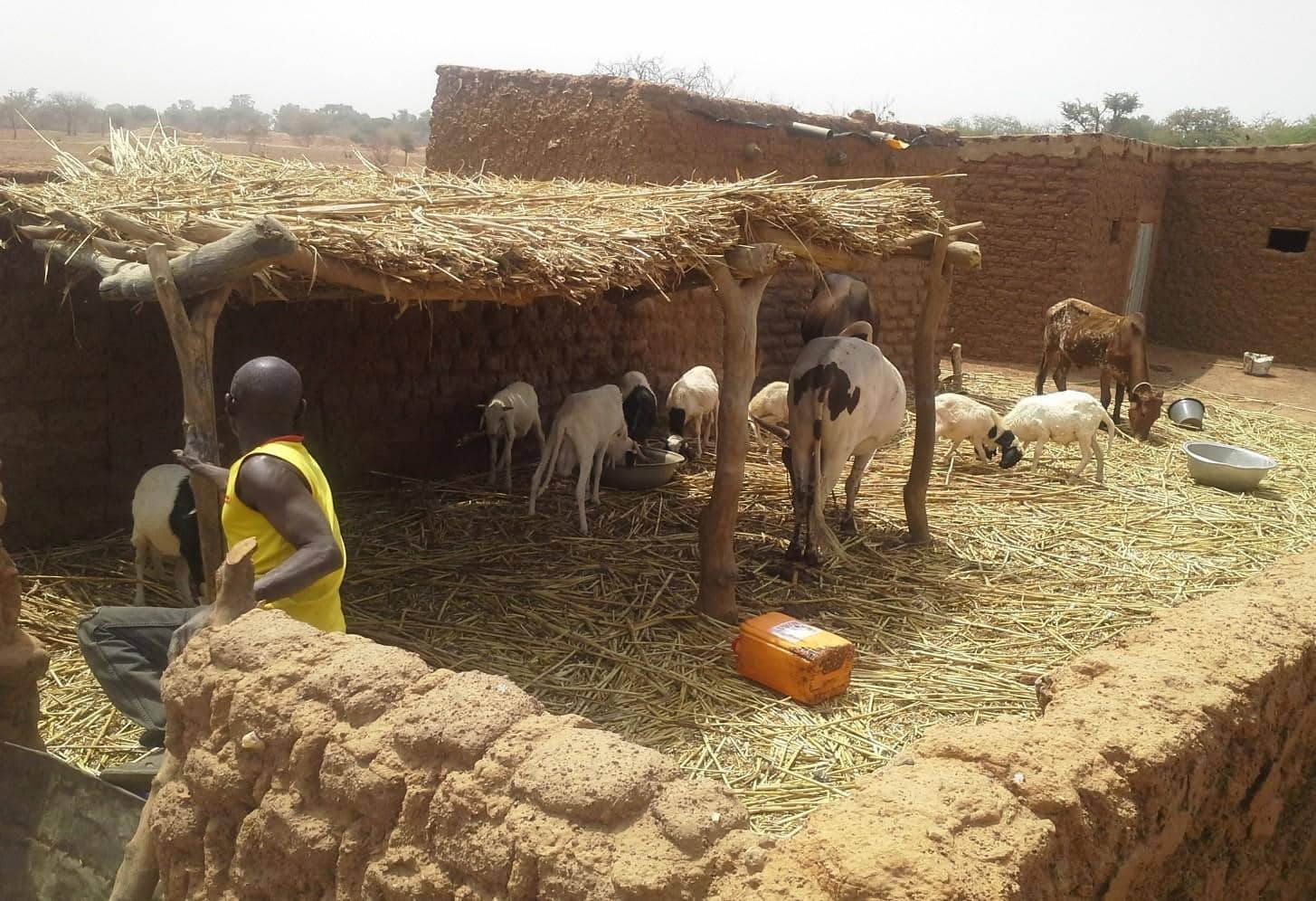What will 2023 hold for smallholder farm innovation? Several non-profit organizations, agribusiness concerns, and consultancies are offering new predictions. Their forecasts are wide-ranging, but most say global food insecurity will persist as war and a relative lack of investments in raising small farm yields all weigh down global food production. However, there may be a few bright spots on the horizon. Below, we outline a few of the more pertinent predictions offered that matter the most to developing world smallholder farmers and their allies.
Ongoing price challenges
The outlook for 2023 calls for a continuance of stubbornly high food prices mostly related to the ongoing effects of conflict in Ukraine in 2022, though prices are expected to ease somewhat as grain exports from Ukraine are freed up. Many nations are also expected to relax or even eliminate the food export restrictions they implemented in a bid to hold down costs for their citizens. This should further help moderate food prices.
“We believe that agricultural prices will fall in 2023 as markets adapt to and rebound from the shock of the Russian invasion, although we do see some exceptions to this view, such as rice,” said analysts at Fitch Solutions, a United Kingdom-based consultancy. “We do, however, expect that markets will remain tight, seeing prices remain elevated in recent historical terms and continuing to threaten food security.” Fitch also predicts that prices for fertilizers will remain high and continue to strain agriculture. So even if higher food prices could be expected to help smallholder farmers, higher input costs will largely negate this. Other agriculture sector observers agree.
Food security will face other daunting challenges in places where political insecurity and armed strife persist.
Bringing precision to smallholder farms
While geopolitical challenges to food security linger, the outlook sees those companies and organizations mobilizing new agricultural technologies and innovations shifting their focus away from larger farms and major agriculture concerns toward more smaller-scale and smallholder farms.
Fitch Solutions says that much agricultural development activity in 2023 will arrive in the form of technologies enabling so-called precision farming techniques at smallholder plots. Precision agriculture involves using satellites or drones to deliver real-time intelligence on crop conditions, technologies that can spot parts of fields where crops appear to be threatened by pests or diseases or even locate patches of crops that may need more irrigation. “Armed with real-time data, growers can confidently decide the need, timing, and amount of fertilizers, chemicals, and irrigation to apply to their crops,” as Scott Trimble at CID Bioscience explained.
“Meaningful and enduring transformation of agriculture is not possible unless smallholder farmers at the grassroots level are enabled to adopt smarter, more efficient ways of farming,”
The business research firm Research and Markets forecasted that the global precision agriculture market will be valued at more than $7 billion by the end of 2023. Most growth in this sector will occur in the developing world, the firm said. “Growing global agro-industry along with technological advancements across various emerging economies will provide a great opportunity for the expansion of the precision farming solution vendors,” the company said in an overview. Research and Markets sees India as a particularly promising market for precision ag technology given the widespread adoption of mobile phones by smallholder farmers there.
A focus on climate
Observers are predicting that 2023 will usher in a greater emphasis on investments in sustainable farming practices, including sustainability in smallholder farming communities. This comes off the heels of the latest international climate change negotiations where governments agreed to deliver more money to help pay for climate adaptation investments in developing countries.
Krishna Kumar, CEO of Cropin Technology, said in an op-ed that the world is poised to see a major focus on investments in sustainable smallholder farming. This will include a rollout of new easy-to-use digital technologies that are relatively simple to learn and intuitive enough to win over small-scale farmers. “Global food system stakeholders have realized that meaningful and enduring transformation of agriculture is not possible unless smallholder farmers at the grassroots level are enabled to adopt smarter, more efficient ways of farming,” Kumar said.
Fitch forecasts that governments and private sector actors will turn their attention to greenhouse gas emissions from livestock. Some movement will come in the form of advocacy aimed at lowering consumption of meat, but most livestock emission reduction activity in 2023 will probably involve innovative approaches at lowering livestock methane emissions directly “such as using higher quality animal feed or exploring the use of novel feeds including seaweed,” analysts there wrote. Smallholder livestock producers will be recruited to these emission reduction initiatives, they predict.
Securing soils
Kumar at Cropin also predicts governments and non-profits will accelerate efforts at reducing soil degradation on smallholder farms, including through “regenerative farming practices that can nurture soil health.” These efforts will almost certainly involve real-time data collection of soil conditions, either through satellite imagery or by using soil sensors. Such data will allow third parties to advise farmers on activities that conserve farms’ soils, including innovative irrigation techniques, reducing farm chemicals usage, and other measures. “Policymakers, agrochemical companies, technology players, and NGOs will come together with new initiatives and investments to safeguard the soil,” Kumar added.
In sum, the world will experience ongoing threats to food security in 2023, especially if wars and supply-chain issues persist. But there will still be ample opportunities for smallholder farm innovation to improve the picture, helping farmers grow more and earn more on their small family plots.
— Grow Further
Photo credit: A smallholder pastoralist in Niger feeds his livestock. Abdou Dangoma/International Livestock Research Institute.




